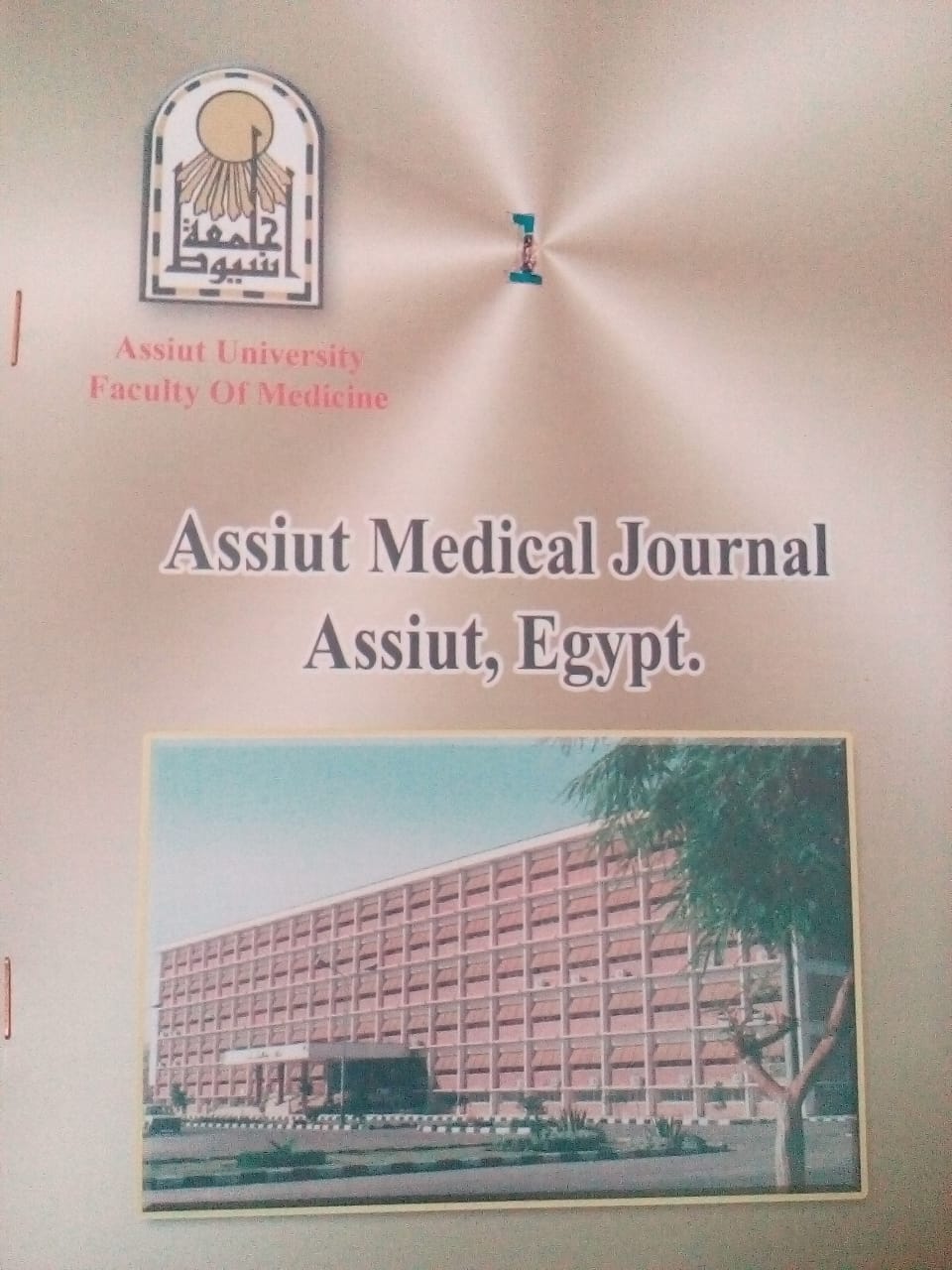Advanced liver disease is commonly associated with both exaggerated fibrinolysis and with ascites. The aim of this study was to determine fibrinolytic activity in plasma and ascitic fluid (AF) of patients with liver cirrhosis and its correlation with some screening tests of coagulation “platelet count, prothrombin time & concentration (PT& PC),and activated partial thromboplastin time (aPTT)”, and severity of liver disease. Methods: Plasma from 15 cirrhotic patients without ascites (group I) and both plasma and ascitic fluid from 20 cirrhotic patients with ascites (group II), were evaluated for liver function tests, platelet count, PT& PC, aPTT, plasminogen, fibrinogen, and fibrin degradation products (FDPs). The levels of plasminogen, fibrinogen, and FDPs in plasma were compared with 12 apparently healthy age and sex matched controls, while their levels in ascitic fluid in group II were compared with those in ascitic fluid from 8 non-cirrhotic patients (congestive heart failure) with ascites (group III).
Results: Hyperfibrinolytic activity as reflected by depleted plasminogen and fibrinogen together with elevated FDPs levels was present in 18 patients out of 35 (51.4%). The mean levels of plasminogen and fibrinogen in plasma of all cirrhotic patients were significantly decreased, when compared to their levels in healthy control group . Also, plasma levels of plasminogen and fibrinogen in cirrhotic patients with ascites were significantly decreased when compared to non- ascitic cirrhotic patients (P<0.01 for both). The frequency of elevated FDPs in plasma was 80% in group I and 95% in group II versus 0% in healthy control (P<0.001 for both).
The mean values of plasminogen and fibrinogen in ascitic fluid were significantly decreased in cirrhotic patients( group II) when compared to ascitic fluid in non-cirrhotic patients (group III) ( P<0.001 for each). The frequency of elevated FDPs in ascitic fluid of cirrhotic patients was 100% versus 0% in non- cirrhotic patients (P<0.001). FDP level in ascites was >20μg/ml in 100% of cirrhotic patients, while plasma level of the same patient was<5 in 5%, >5<20 in 40% and >20μg/ml in 55%. Hyperfibrinolysis was increased with the severity of the disease according to Child-Pugh classification and also increased in patients with clinically manifested bleeding.
Plasminogen level in ascitic fluid was found to be positively correlated with plasma plasminogen (r=0.760; P<0.001), plasma fibrinogen (r=0.534; P<0.001), platelet count (r=0.710; P<0.001), PC (r=0.616; P<0.001), while a negative correlation between plasminogen in ascitic fluid and both total bilirubin (r=-0.492; P<0.01), and aPTT(r=-0.504; P<0.01) was found in cirrhotic patients.
Conclusion: Ascites may contribute to the exaggerated fibrinolysis in liver cirrhosis and may be partly responsible for the bleeding complications in cirrhosis.


